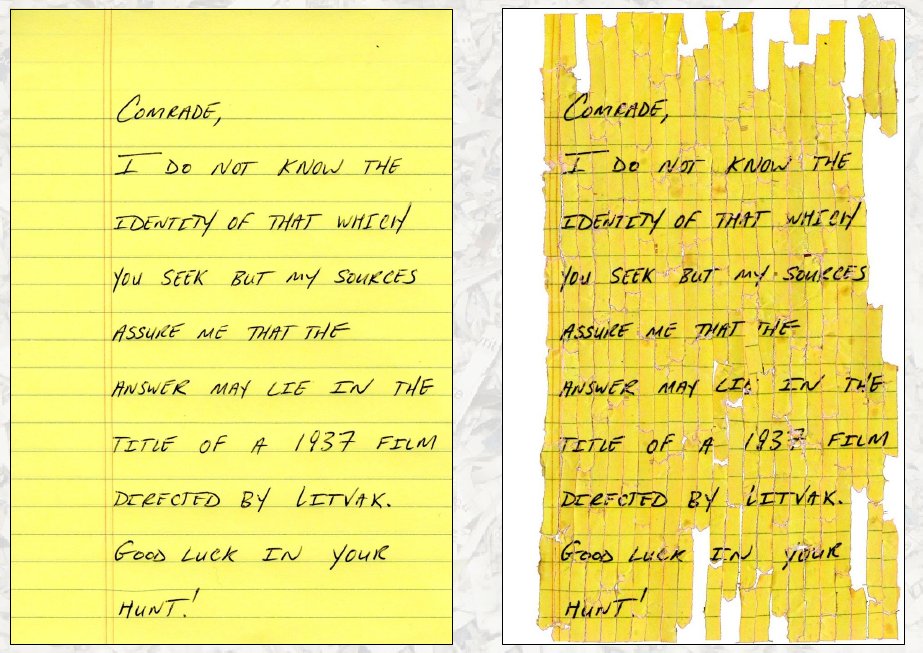 Scientists for the Pentagon’s far-out research branch, DARPA, weren’t sure that anyone would be able to collect the $50,000 prize when they announced their Shredder Challenge to find ways to reassemble shredded documents just over a month ago. This week – just 33 days later – they had a winner.
Scientists for the Pentagon’s far-out research branch, DARPA, weren’t sure that anyone would be able to collect the $50,000 prize when they announced their Shredder Challenge to find ways to reassemble shredded documents just over a month ago. This week – just 33 days later – they had a winner.
More than 9,000 teams registered to participate in the challenge, with one team managing to successfully reconstruct all five of DARPA’s test documents: a San Francisco-based team, “All Your Shreds Are Belong to U.S.”
Reconstructing shredded documents has proven to be a difficult and time consuming task – much of it performed manually. In the aftermath of the fall of Eastern Germany, the united country has employed teams of ‘puzzlers’ for more than 15 years to manually try to piece together thousands of pages of documents shredded by the Stasi, East Germany’s secret police, in the final days of the East German regime.

In contrast, the winning team in the Darpa challenge spent some 600 person-hours building a custom-coded, computer-vision algorithm that suggested fragment pairings to human assemblers for verification, according to a DARPA announcement.
The teams were presented five separate tests of varying levels of difficulty. Each consisted of a shredded document, having been shredded in an unknown manner, containing a puzzle of unknown subject matter. In order to win, participants had to reconstruct the documents and solve the puzzles printed in them.
It turns out that neither purely manual nor purely computational approaches sufficed.
“Lots of experts were skeptical that a solution could be produced at all let alone within the short time frame,” said DARPA director, Dan Kaufman. “The most effective approaches were not purely computational or crowd-sourced, but used a combination blended with some clever detective work. We are impressed by the ingenuity this type of competition elicits.”
DARPA claims that such capabilities could be used by fighters in operating war-zones to quickly reconstruct destroyed documents, which they apparently come across often, and examine them for intelligence gathering purposes. On the other hand, such technology could be used ensure that sensitive U.S. documents remain destroyed and invulnerable to reconstruction.
You can see the original documents and the winning team’s results here.









